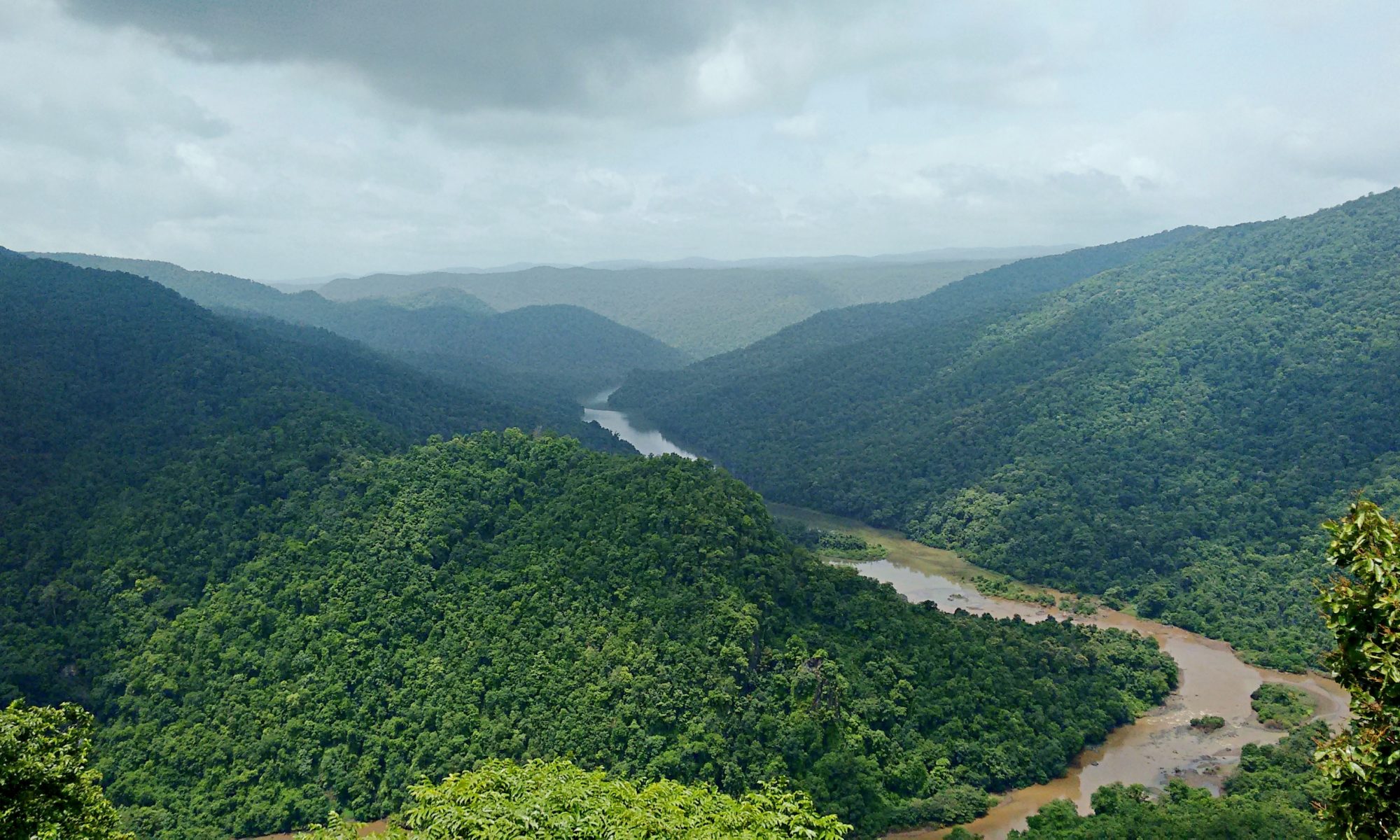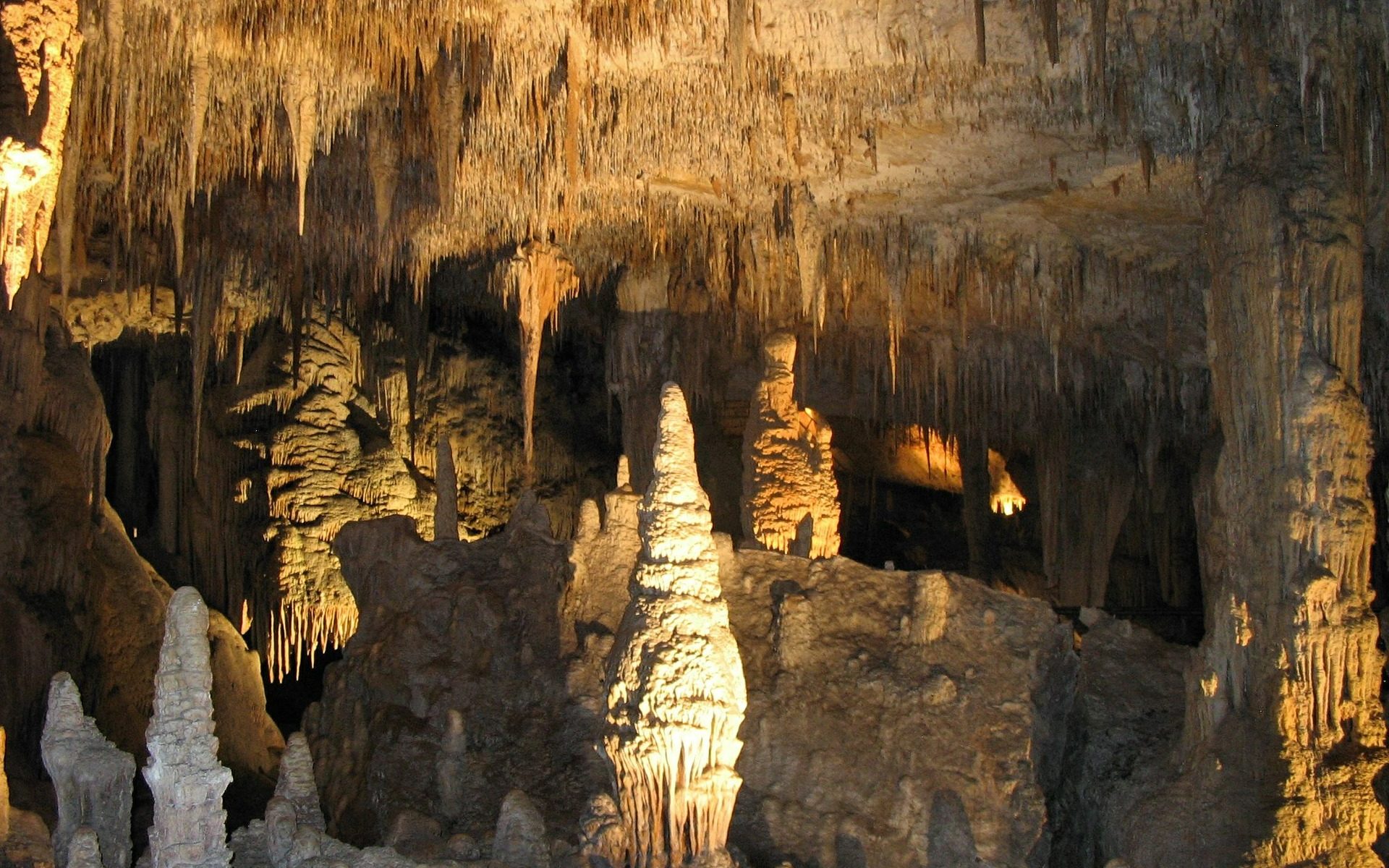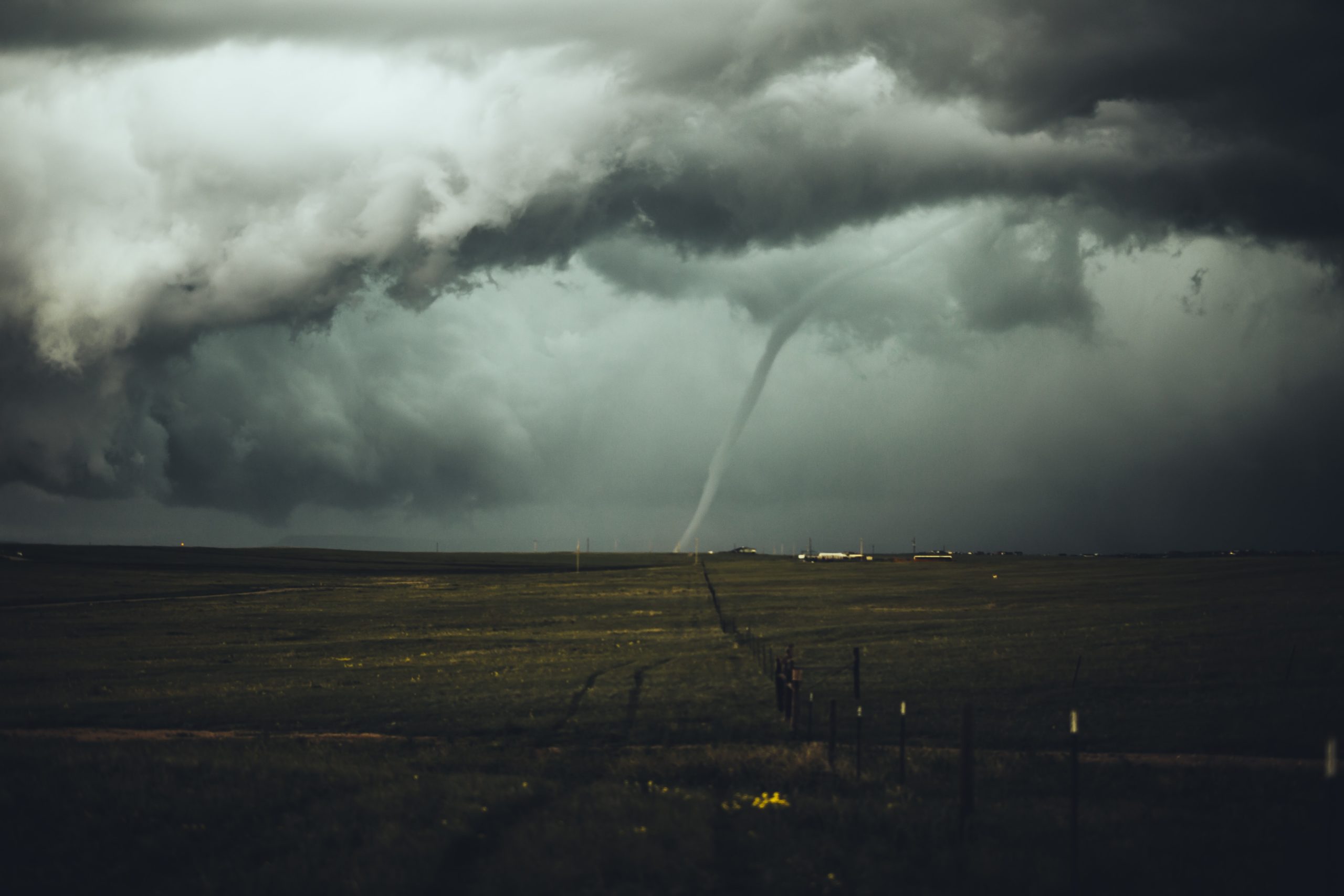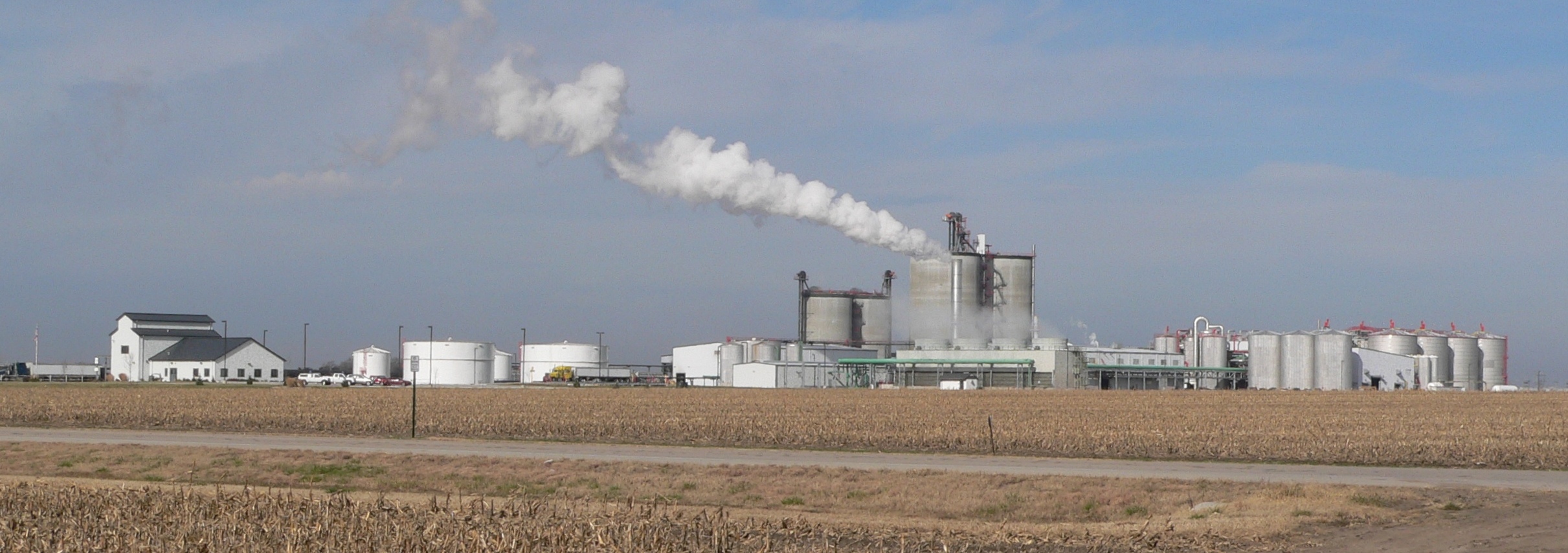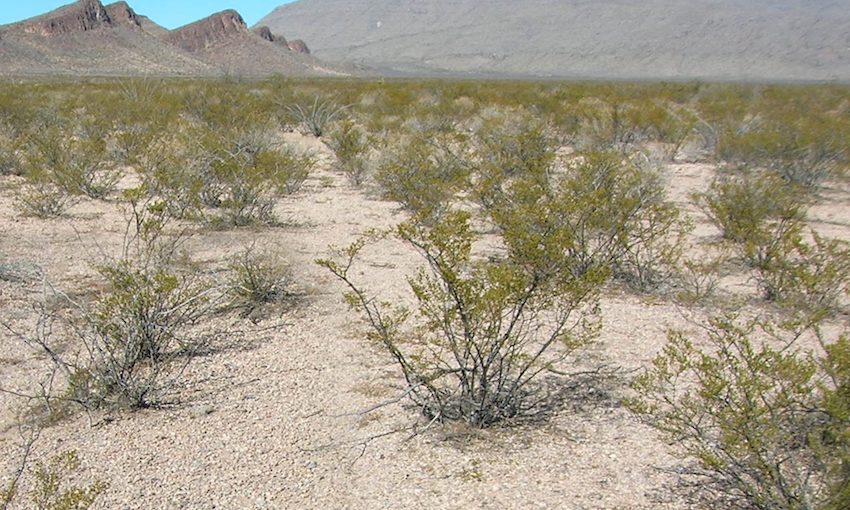Featured image: Anti mining protesters in Downtown Lima, Peru. Photo credit: Geraint Rowland on Flickr (CC BY-NC 2.0).
Paper: Citizen science campaign reveals widespread fallout of contaminated dust from mining activities in the central Peruvian Andes
Authors: James B. Molloy, Donald T. Rodbell, David P. Gillikin, and Kurt T. Hollocher
At the heart of Cerro de Pasco, Peru, one of the highest cities on Earth, is an enormous open pit mine. People have been mining at the Cerro de Pasco site since pre-Incan times, but after silver was discovered there in the 1630s, it became one of the world’s richest and most heavily worked mines.
Continue reading “Citizen science project identifies extensive mining pollution in central Peru”


